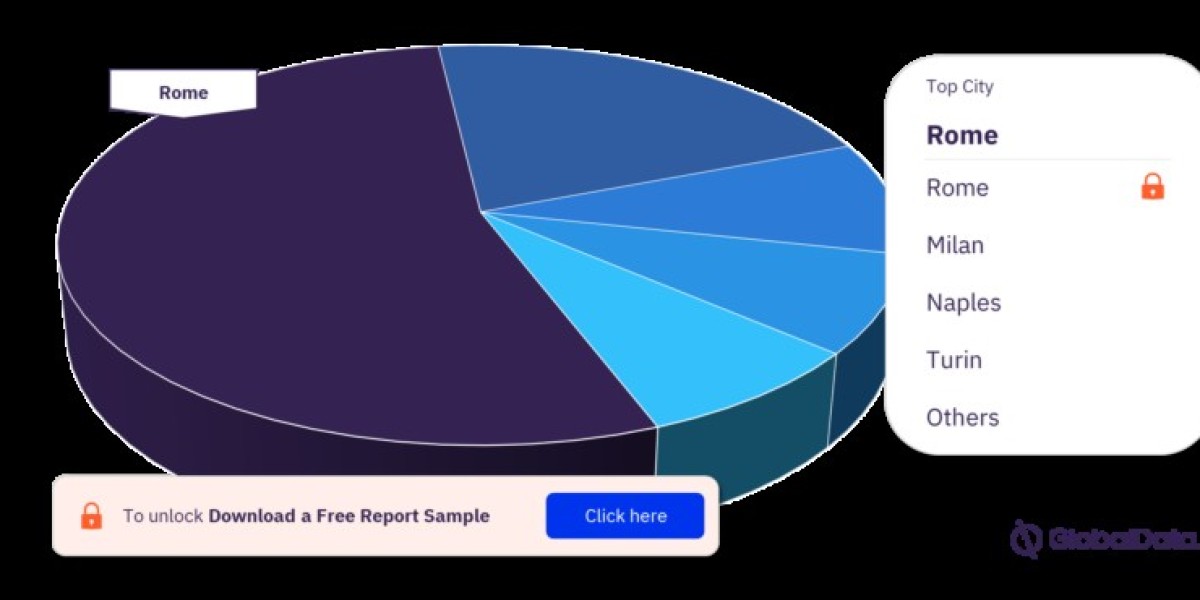The Italy wine market is one of the most celebrated and dynamic sectors in the global wine industry. Renowned for its rich history, diverse range of wines, and high-quality production standards, Italy remains a dominant force in both domestic and international markets. This article delves into the current state of the Italy wine market, exploring key trends, challenges, and opportunities for growth.
Market Overview
Italy is the world's largest wine producer, consistently ranking at the top in terms of both volume and variety. The country boasts over 20 wine-producing regions, each with its unique grape varieties and wine styles. Some of the most famous wine regions include Tuscany, Piedmont, Veneto, and Sicily. Italian wines are known for their authenticity, with many carrying DOC (Denomination of Controlled Origin) and DOCG (Denomination of Controlled and Guaranteed Origin) labels, signifying their adherence to strict production standards.
Key Trends Shaping the Italy Wine Market
Growing Popularity of Organic and Biodynamic Wines
- The demand for organic and biodynamic wines has surged in recent years. Italian winemakers are increasingly adopting sustainable practices to cater to the environmentally conscious consumer. The trend is particularly strong in regions like Tuscany and Sicily, where organic wine production is becoming a significant part of the market.
Rising Exports
- Italy's wine exports have shown steady growth, with key markets including the United States, Germany, and the United Kingdom. Prosecco, a sparkling wine from the Veneto region, has become a global phenomenon, contributing significantly to the rise in exports. The growing popularity of Italian wines in emerging markets like China and Russia also presents new opportunities for expansion.
The Influence of Millennials
- Millennials are driving change in the Italy wine market, with their preference for unique, high-quality wines and a willingness to explore lesser-known grape varieties. This demographic is also more inclined to purchase wines online, leading to a rise in e-commerce platforms dedicated to wine sales.
Wine Tourism
- Wine tourism, or enotourism, is another growing trend in Italy. Regions like Tuscany, with its picturesque vineyards and historic estates, attract millions of tourists each year. Wine tourism not only boosts the local economy but also enhances brand recognition and loyalty among visitors.
Challenges Facing the Italy Wine Market
Climate Change
- Climate change poses a significant threat to wine production in Italy. Rising temperatures and unpredictable weather patterns are affecting grape yields and the quality of wine. Winemakers are increasingly investing in research and adopting innovative techniques to mitigate these effects, but the challenge remains substantial.
Regulatory Pressures
- The Italian wine industry is subject to strict regulations, both domestically and in export markets. Navigating these regulations can be complex and costly, particularly for smaller producers. The introduction of new labeling requirements and tariffs in key markets like the United States adds to the burden.
Competition from New World Wines
- Italian wines face stiff competition from New World wine producers in countries like Australia, Chile, and South Africa. These competitors often offer high-quality wines at lower prices, challenging Italy's market share, especially in price-sensitive markets.
Opportunities for Growth
Innovation and Diversification
- Italian winemakers are increasingly experimenting with new grape varieties, production techniques, and wine styles to appeal to changing consumer preferences. This innovation is crucial for maintaining competitiveness in a crowded market.
Expansion into Emerging Markets
- The growing middle class in emerging markets presents a significant opportunity for Italian wine exports. Targeted marketing campaigns and partnerships with local distributors can help Italian wineries tap into these lucrative markets.
Sustainability as a Selling Point
- As consumers become more environmentally conscious, the adoption of sustainable practices can serve as a powerful marketing tool. Italian wineries that emphasize their commitment to sustainability are likely to attract a broader audience, both domestically and internationally.
For more insights on this report, download a free report sample







